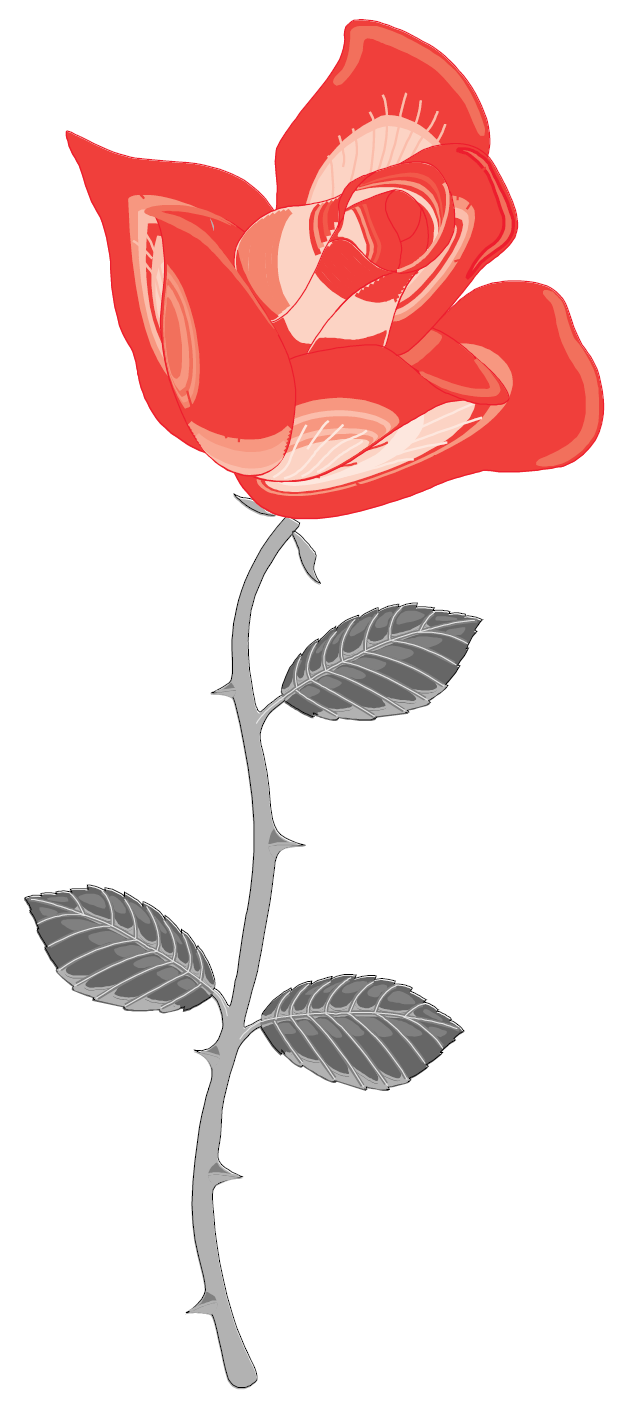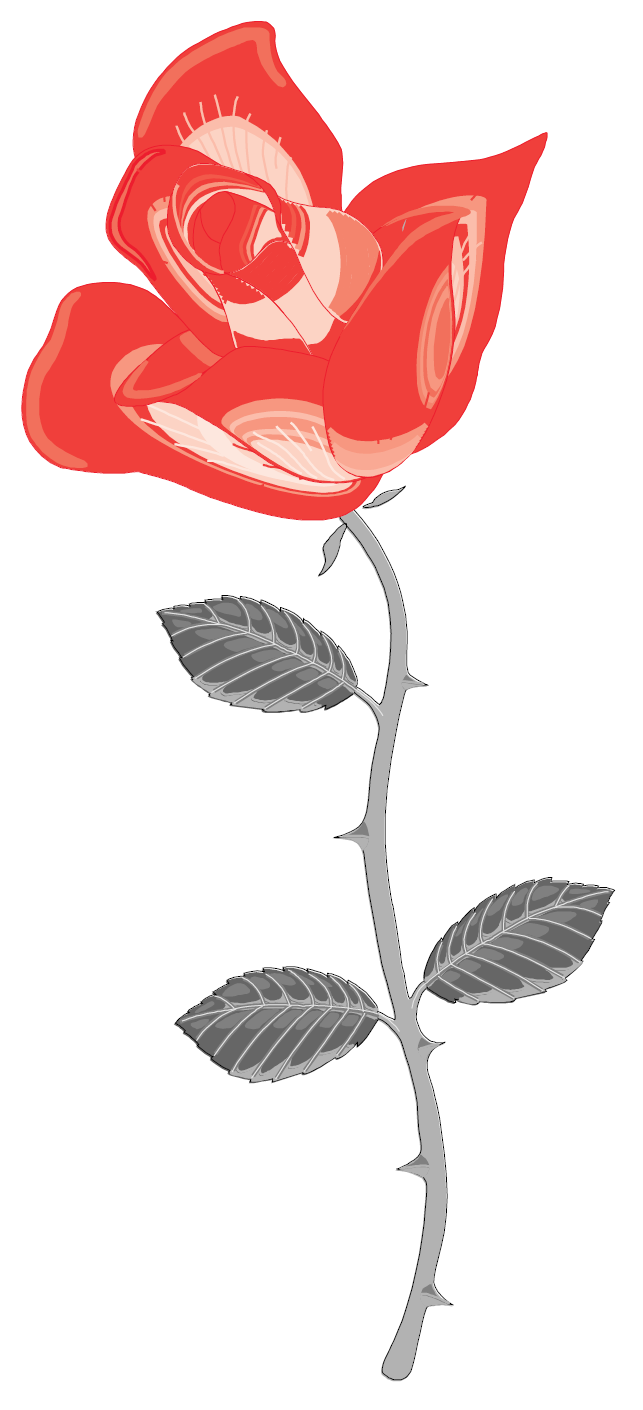Thermolysis
High frequency radio energy is transmitted down the hair
follicle via a disposable, thin, sterile metal probe. Heat is produced within the
cells, killing the tissue and eventually stopping the growth of hair cells.
It is very effective on hairs with
shallow roots and good for both thin and thick hair.
Blend
A combination of galvanism and thermolysis. Galvanism is a
chemical reaction. Body salts combine with the moisture found in body
tissue, making a salt-water solution. This reacts with the current applied and
lye (sodium hydroxide) is produced, which in turns destroys the hair cells.
Thermolysis is added to speed up the process as galvanism alone is quite slow.
Good for deep rooted hairs and hairs with distorted/curved
follicles, this method is useful for sensitive skin.
Usually, excessive facial hair is treated as larger areas can be
time consuming and uncomfortable. Some facial hair is natural however, so a
consultation is recommended to ascertain appropriate treatment.
When applied correctly, both methods are completely safe. Some
side effects may be experienced such as redness, slight swelling and sometimes
minor scabbing but these are usual and the skin will return to normal after a
few hours if proper after care is maintained. Long-term effects depend on each
individual.
Some describe the sensation as tingling heat, others call it a
'stinging'. Some find one method more comfortable than the other and vice versa.
In both cases, the current can be adapted to make treatment more comfortable.
Maximum treatment time is fifteen minutes as long periods of
electrolysis in small areas can be uncomfortable. Complete clearance time
depends on many factors, such as frequency of treatment, medication, cause of
the problem and how the hair is treated between sessions.
Hair itself grows in a cycle of around twelve weeks, so after
three months hairs will generally have only been treated once. Also, hair
removed in one session may not necessarily destroy the follicle's capability to
produce more hair. Perseverance is therefore an important factor in achieving
the desired result of eventual permanent hair removal.
Sterex
products are used for electrolysis treatments.
Aftercare
For at least 24 hours:
Do not apply products to the skin except aftercare cream.
Do not apply makeup.
Do not touch the area with your fingers.
Do not pick any spots that may appear - let the skin's natural
healing process take place.
Do not expose the skin to heat.
Do not expose the skin to natural or artificial sunlight.
Do not swim.
Back to top
 Advanced Cosmetic Procedures
Advanced Cosmetic Procedures
Using standard forms of electrolysis but with varying
combinations of currents and techniques, minor cosmetic conditions can
be treated. The main effect of treatment is to cut off blood
supply, resulting in reducing the condition's appearance or complete
elimination, depending on the cause.
Some of the imperfections that can be treated:
Facial Thread Veins
There are many causes of this condition, including
age, pregnancy, pressure on an area, extreme temperatures and hormones.
The result is weak capillaries that are permanently dilated.
Campbell de Morgans (Blood Spots)
Bright red, dome shaped and slightly raised, these
lie just under the skin's surface and can usually be found in the upper
body.
Spider Naevus (Spider Veins)
Similar to thread veins, but with a central
dilated vessel with smaller 'legs' spreading outwards where blood has
leaked.
Skin Tags
Found in areas of friction, skin tags can be various
sizes, appearing mushroom like with a stalk. They are commonly
found on the face and neck.
Milia
White hard lumps just under the skin surface.
Advanced electrolysis releases the skin covering, allowing the
accumulation of oils, skin cells and dirt to be purified
Warts
.There are several types of warts, including verrucas
and they can all be treated effectively with advanced electrolysis.
Aftercare for Advanced Cosmetic Procedures is the
same as for standard electrolysis.
About Sterex products
Back to top


